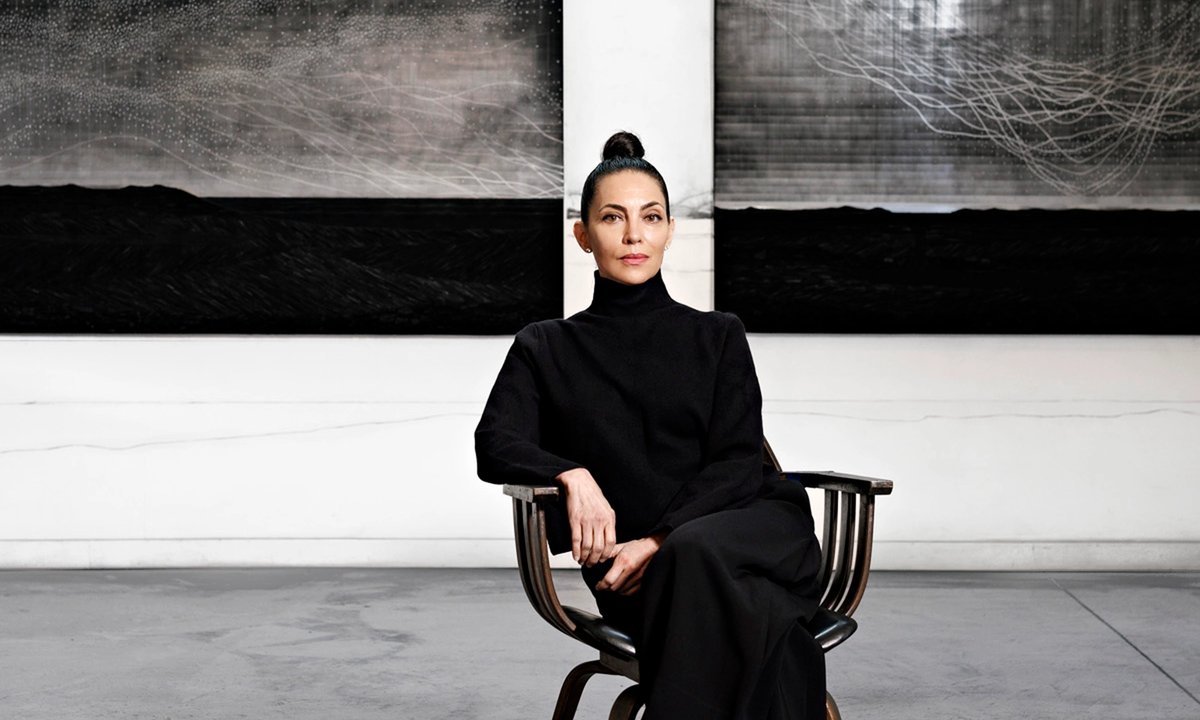
"Fernández, born in 1968 in Miami, Florida, is, in the broadest sense, a landscape artist. But her work across three decades has been a rigorous consideration and poetic probing of the nature of landscape. Fundamentally a sculptor, she not only explores landscapes as visual phenomena, but uses the substances found within them to sculpt with-from graphite to iron ore, gold and pyrite. So they are her subject and her material."
"Beginning with profound research, Teresita reflects on land in relation to geography and geology, but also as a cultural space, with intimate connection to people and communities. Inevitably, then, this is a study of power, in which the history and violence of colonisation looms large. But the landscape is also a metaphor for the territories within us. And in her works, whether they are vast sculptural or ceramic reliefs, room-scale installations or reflective canopies covering huge areas of public space,"
"She discusses the early significance of Wilfredo Lam, and his influence on her major public sculpture Fata Morgana (2015). She also reflects on her admiration for artists whose writings are central to their practice, including Eva Hesse and Jack Whitten, and her deep engagement and critical response to Robert Smithson. She talks about her pivotal experiences in Japan and the influence of historic Asian art on her thinking."
Teresita Fernández is a landscape artist and sculptor who uses materials found in landscapes—graphite, iron ore, gold and pyrite—as both subject and medium. Her practice spans three decades and begins with rigorous research into geography, geology and cultural contexts, linking land to people, communities and power structures shaped by colonization. She produces vast sculptural and ceramic reliefs, room-scale installations and reflective canopies that engage viewers with tensions between objective and subjective territories. Influences include Wilfredo Lam, Eva Hesse, Jack Whitten and Robert Smithson, historic Asian art, and writers such as José Martí, Sylvia Wynter and Cecilia Vicuña. Public commissions include Fata Morgana (2015).
Read at The Art Newspaper - International art news and events
Unable to calculate read time
Collection
[
|
...
]